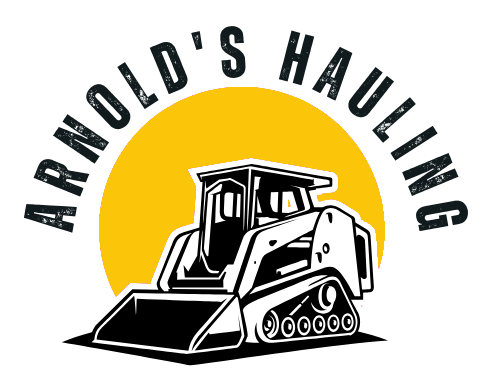The Difference Between Concrete Breaking and Demolition: What You Need to Know
Regarding construction and property renovation, “concrete breaking” and “demolition” are often used interchangeably. While both involve tearing down or removing materials, they serve different purposes and require unique tools and techniques. Understanding the difference can help property owners, contractors, and developers make more innovative, safer, and cost-effective decisions when planning a project.
What Is Concrete Breaking?
Concrete breaking refers specifically to the process of fracturing or splitting concrete into smaller, manageable pieces. This is often done using jackhammers, sledgehammers, or hydraulic breakers. Concrete breaking is ideal for projects that require partial removal, such as removing a section of sidewalk, driveway, or foundation slab. The goal is not to remove an entire structure but to eliminate only targeted portions. It's a precise, localized method that’s typically faster and less invasive than full-scale demolition. Concrete breaking is frequently used in renovation projects, utility line access, or replacing damaged concrete portions without affecting the surrounding area.
What Is Concrete Demolition?
Concrete demolition is a broader, more comprehensive process. It involves tearing down concrete structures, such as buildings, walls, patios, or foundations. Depending on the size and scope of the job, demolition often uses heavy-duty machinery like excavators with concrete crushers, wrecking balls, or high-reach arms. Unlike concrete breaking, demolition is designed to eliminate a structure. This process requires proper planning, safety protocols, and often permits due to the larger scale of work. Concrete demolition also involves more debris handling and cleanup afterward, making it a more complex and time-consuming.
Key Differences Between Concrete Breaking and Demolition
While both services involve removing concrete, they differ in scale, purpose, and method. Concrete breaking is typically reserved for small or precise jobs, whereas demolition targets full structures or large concrete sections. The tools used also vary—breaking relies on jackhammers or handheld equipment, while demolition requires heavy machinery for more forceful removal. The purpose behind each method is also distinct. Breaking is usually corrective or selective, aimed at removing only certain parts of a structure, while demolition is intended for total removal. As a result, demolition produces more debris and involves more extensive cleanup compared to the minimal waste from breaking. Concrete breaking is generally faster and more affordable, while demolition requires more time and logistical planning.
When to Choose One Over the Other
If you're replacing a section of a damaged concrete patio or accessing plumbing under a slab, concrete breaking is likely the best option. It’s cost-effective and creates minimal disruption to surrounding areas. On the other hand, if you're preparing for new construction, clearing a lot, or removing unsafe structures, concrete demolition is necessary. It allows complete structural removal and ensures a clean slate for future work. Professional contractors often assess the site's condition, the depth and thickness of the concrete, and the project's final goal before recommending either breaking or demolition.
Trust the Experts for Safe and Reliable Results
Whether your project calls for concrete breaking or complete demolition, working with an experienced contractor is essential for safety, efficiency, and results. Arnold's Hauling brings over 20 years of hands-on expertise in concrete removal, demolition, and debris hauling. Serving San Jose, CA, our team uses the right tools and techniques to handle projects of all sizes—safely and professionally.
